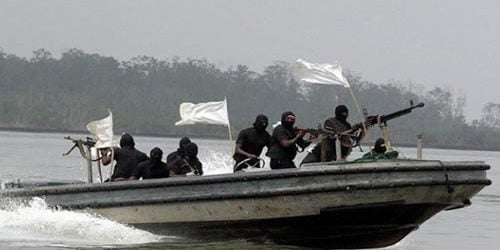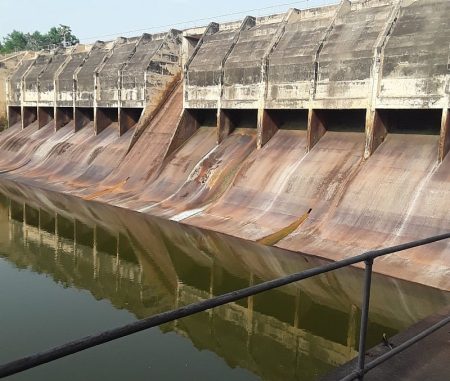On the evening of March 27, 2025, the Ghanaian-registered fishing vessel, MENGXIN 1, fell victim to a brazen pirate attack within Ghanaian territorial waters. Seven armed assailants boarded the vessel, firing warning shots and forcing the crew to seek refuge. The pirates, after approximately three hours of terrorizing the crew, abducted the Captain, Chief Mate, and Chief Engineer, all Chinese nationals. This incident highlights the persistent threat of piracy in the Gulf of Guinea, despite international efforts to curb such criminal activities. The attack serves as a stark reminder of the vulnerability of maritime vessels and the risks faced by seafarers in the region. The audacity of the pirates to operate within Ghanaian waters underscores the need for heightened security measures and enhanced regional cooperation to combat this menace.
The attack unfolded rapidly as the armed individuals stormed the MENGXIN 1, discharging their weapons to instill fear and assert control. The crew, caught off guard, scrambled for safety in secure compartments within the vessel. The pirates, having established dominance, proceeded to gather the crew on deck, confiscating their mobile phones to prevent communication and calls for help. This methodical approach suggests a level of planning and coordination, indicating a potentially organized criminal network operating in the region. The extended period the pirates spent onboard allowed them ample time to identify and target key personnel for abduction, underscoring the targeted nature of their operation.
The pirates’ focus on abducting high-ranking officers – the Captain, Chief Mate, and Chief Engineer – points toward a ransom-driven motive. These individuals hold critical roles in the vessel’s operations, making them valuable hostages for potential ransom negotiations. The selection of Chinese nationals also suggests a deliberate targeting of foreign crew members, possibly due to the perceived wealth of their home country or the potential for higher ransom payouts. This targeted abduction highlights the specific vulnerabilities faced by foreign workers in the maritime industry and the calculated strategies employed by pirate groups to maximize their criminal enterprise.
The aftermath of the attack revealed the chilling reality of the abduction. Upon emerging from hiding, the remaining crew discovered the absence of their senior officers, realizing the grim fate that had befallen them. The pirates had vanished, leaving behind a vessel carrying a traumatized crew and the daunting task of navigating to safety. The lack of mobile network coverage at sea further complicated the crew’s efforts to report the incident, delaying the initiation of rescue operations and highlighting the communication challenges faced in remote maritime environments. The crew’s eventual decision to sail closer to shore before reporting the incident underscores their resourcefulness and determination to seek help.
Upon reaching the Tema Fishing Harbour, the surviving crew provided crucial details to the authorities, confirming the attack and the suspected kidnapping. The Marine Police and the Eastern Naval Command’s Naval Intelligence personnel immediately launched an investigation, initiating efforts to piece together the sequence of events and gather critical information about the perpetrators. Recognizing the transnational nature of maritime crime, the Ghanaian authorities promptly shared the information with neighboring countries through the ECOWAS Multinational Maritime Coordination Centre (MMCC) Zone F in Accra. This collaborative approach, facilitated by the Yaounde Architecture for maritime security, is essential for coordinated regional responses and the potential interception of the kidnappers.
The incident has sparked a multi-agency response, with intelligence agencies spearheading the search and rescue efforts for the missing crew members. The Ghanaian Armed Forces, in collaboration with regional and international partners, are working tirelessly to locate the hostages and bring the perpetrators to justice. The investigation will likely focus on identifying the pirate group responsible, their operational network, and their potential hideouts. The incident serves as a wake-up call for enhanced maritime security measures, including increased patrols, improved surveillance technologies, and strengthened information sharing between countries to effectively counter the persistent threat of piracy in the Gulf of Guinea. The safe return of the abducted crew remains the primary objective, and the international community stands united in condemning this act of piracy and demanding their immediate release.














